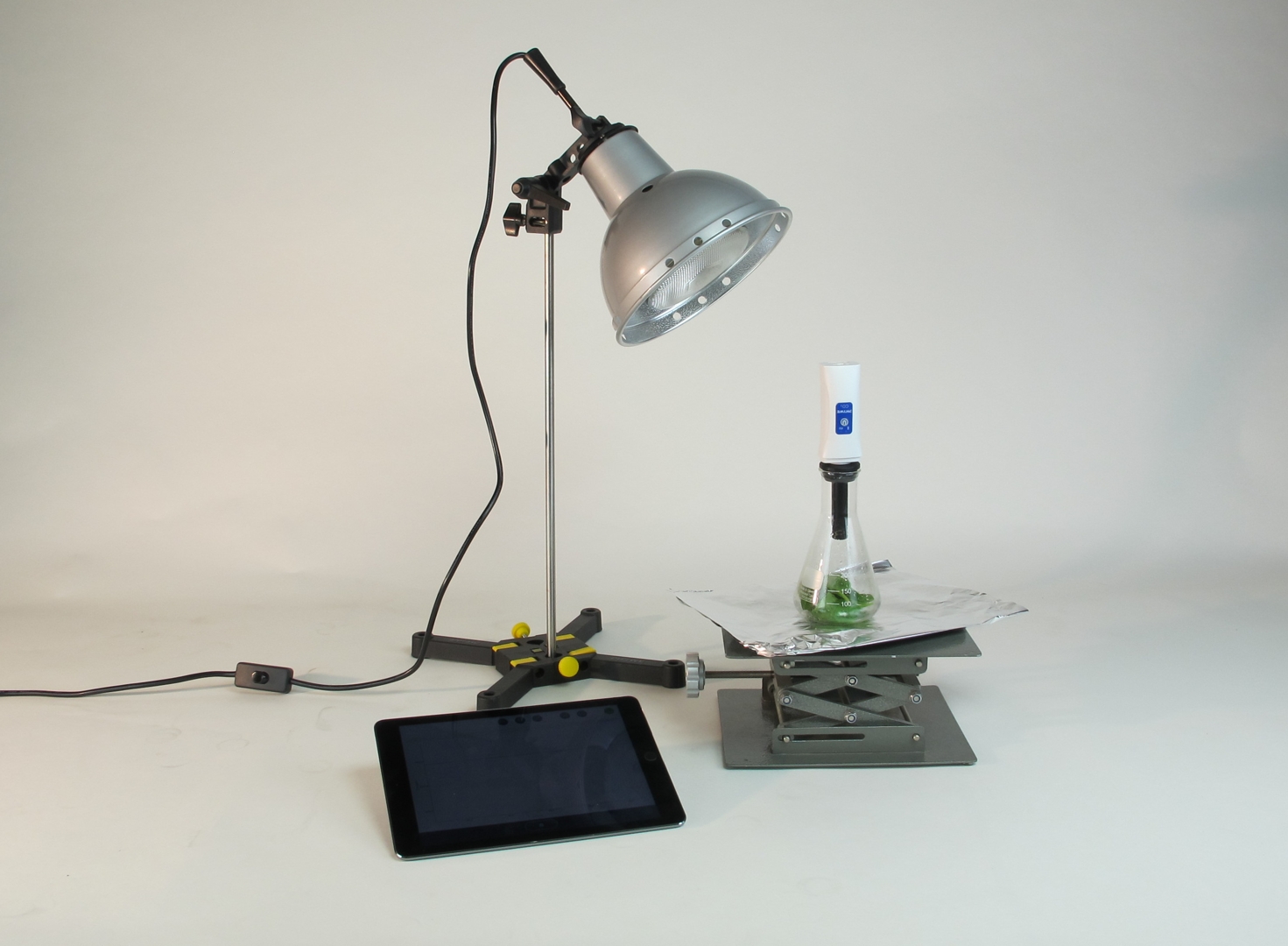Principle
All living beings need energy and this is provided by a chemical process. The energy balance of plants is regulated by several processes. During the day (when there is light) plants carry out photosynthesis, using light energy to produce carbohydrates (glucose) and oxygen, consuming carbon dioxide and water. If required, this stored energy can be released in the form of glucose (sugar) through the so-called light-independent plant respiration. The term plant respiration may be confusing, since plants, unlike animals and humans, do not really breathe. However, in this process oxygen and carbohydrates (glucose) are consumed to produce carbon dioxide. In the balance, however, plants release more oxygen into the atmosphere than carbon dioxide.
Benefits
- Especially understandable and didactically prepared description of the experiment (reference to everyday life etc.) including protocol questions.
- Future-oriented teaching: Integration into digital science lessons with tablets or smartphones.
- Increased motivation of students by using the intuitive measureAPP.
- Increased media competence.
- Compact, easily transportable experimental set-up
- suitable for demo experiments and practical training
- Flexible test execution thanks to wireless data transmission
Tasks
- measurement of the carbon dioxide content by light irradiation and in darkness
- discussion of the differences between the measured curves
Learning Objectives
The students are to study the light-dependent increase and decrease in the carbon dioxide content of plant leaves (spinach). They will be introduced to the concepts of plant respiration and photosynthesis.


